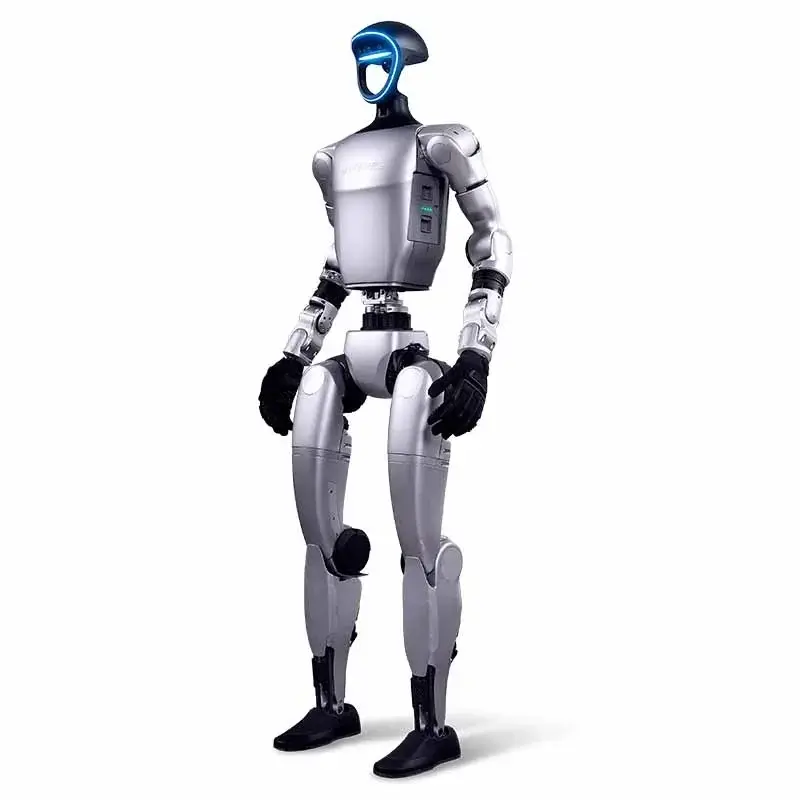Hitachi Seiki CNC Lathe Use Same Program Sae Morse Lathe: A Unified Approach to Precision Machining
CNC machining is at the heart of precision manufacturing, where accuracy, efficiency, and adaptability define success. Great Light takes this precision a step further by seamlessly synchronizing 12 Sae Morse lathes with Hitachi Seiki CNC machines under a unified programming system. This approach provides unmatched precision, scalability, and consistency in delivering high-quality CNC components for diverse industries.
This blog explores how Hitachi Seiki CNC lathes and Sae Morse lathes work cohesively using the same program, detailing the benefits, processes, and innovative technologies driving precision manufacturing to new heights.
Why Choose Hitachi Seiki CNC Lathes?
The Legacy of Hitachi Seiki
Hitachi Seiki CNC lathes are renowned for their reliability, advanced features, and capacity for high-precision machining. Built to handle complex geometries and high-tolerance parts, these machines are a cornerstone in industries like aerospace, automotive, and medical device manufacturing.
Core Features:
- High-Speed Performance: Spindles capable of high RPM ensure efficient cutting of tough materials like titanium and stainless steel.
- Advanced CNC Controls: Intuitive interfaces and support for complex programming streamline operations.
- Sturdy Construction: High rigidity and vibration damping maintain accuracy during heavy-duty machining.
- Low Maintenance Requirements: Automated diagnostic systems simplify upkeep and minimize downtime.
The Role of Sae Morse Lathes in Precision Manufacturing
Sae Morse Lathe Capabilities
Sae Morse lathes are engineered for versatility, handling a range of materials and dimensions with ease. Their robust design and adaptability make them an excellent counterpart to Hitachi Seiki CNC lathes in Great Light’s manufacturing system.
Key Attributes:
- Material Versatility: Suitable for machining ferrous and non-ferrous metals, composites, and exotic alloys.
- Precision Threading: Delivers high accuracy in producing threaded components, essential for applications in aerospace and automotive industries.
- Ease of Integration: Fully compatible with Hitachi Seiki CNC programming for streamlined operations.
Unifying Hitachi Seiki and Sae Morse Lathes: A Shared Programming Strategy
How Shared Programming Works
The integration of Sae Morse lathes with Hitachi Seiki CNC lathes using the same program is a game-changer in manufacturing. Unified programming eliminates the need to create separate codes for each machine, allowing seamless synchronization across all 12 Sae Morse lathes at Great Light.
Steps to Achieve Synchronization:
- Centralized Programming: A single CNC program is created using CAD/CAM software.
- Machine Calibration: Each lathe is calibrated to ensure consistent execution of the program.
- Tool Standardization: Identical tools and cutting parameters are implemented across machines.
- Real-Time Monitoring: Sensors and IoT integration ensure machines perform uniformly.
Benefits of Unified Programming for Hitachi Seiki and Sae Morse Lathes
Enhanced Precision and Consistency
- Shared programs eliminate discrepancies between machines, ensuring every part meets exact design specifications.
- Micron-level tolerances are maintained across all lathes, critical for industries with stringent quality standards.
Time and Cost Efficiency
- Reduced Programming Time: Engineers need to create and validate only one program.
- Streamlined Maintenance: Uniform programming simplifies troubleshooting and reduces downtime.
- Optimized Resource Use: Tools and materials are utilized more efficiently, lowering production costs.
Scalability in Manufacturing
- Scaling up production is as simple as adding more machines configured to run the same program.
- Rapid reprogramming allows for quick adaptation to changing production needs.
Precision CNC Machining: The Great Light Workflow
Step 1: Design and Analysis
- Engineers create a detailed CAD model of the desired part, specifying tolerances, materials, and surface finishes.
- Feasibility analysis ensures compatibility with CNC machining capabilities.
Step 2: Programming and Simulation
- A centralized CNC program is developed using advanced CAM software, accounting for tool paths, speeds, and feed rates.
- Virtual simulations detect potential errors, ensuring smooth execution during machining.
Step 3: Machine Setup and Calibration
- Machines are calibrated to match program parameters, including spindle speeds, coolant flow, and tool offsets.
- Precise alignment ensures uniform performance across all Sae Morse and Hitachi Seiki lathes.
Step 4: Machining Operations
- The CNC program is uploaded to all machines, initiating simultaneous operations.
- High-speed spindles execute turning, threading, and milling processes with exceptional accuracy.
Step 5: Quality Control
- Each part undergoes rigorous inspection using CMMs (Coordinate Measuring Machines).
- Parameters like dimensional accuracy, thread profiles, and surface roughness are verified.
Applications of Great Light’s CNC Machining Services
Aerospace Industry
- High-performance screws and fasteners made from materials like Inconel and titanium.
- Complex components for aircraft engines and fuselage systems.
Automotive Sector
- Precision shafts, gears, and housings for high-performance vehicles.
- Lightweight parts to improve fuel efficiency and reduce emissions.
Medical Field
- Biocompatible implants and surgical instruments with high precision.
- Small, intricate components for medical devices and diagnostic equipment.
Innovations Driving CNC Machining at Great Light
Automation and IoT Integration
- Smart sensors monitor machine performance in real-time, reducing downtime and improving efficiency.
- Predictive maintenance systems ensure machines operate at peak capacity.
Advanced Tooling Solutions
- Carbide and diamond-coated tools enhance cutting efficiency and longevity.
- Specialized threading tools deliver unparalleled accuracy for complex profiles.
Sustainable Manufacturing Practices
- Eco-friendly cutting fluids minimize environmental impact.
- Efficient material usage reduces waste during production.
Challenges and Solutions in CNC Programming Synchronization
Challenge 1: Machine Variability
- Differences in machine wear and setup can cause discrepancies.
- Solution: Regular calibration and uniform tool replacements ensure consistency.
Challenge 2: Program Complexity
- Developing a single program for multiple machines requires detailed planning.
- Solution: Advanced CAM software and simulation tools streamline program creation.
Future Trends in CNC Machining Integration
AI-Driven Programming
- Machine learning algorithms analyze production data to optimize tool paths and cutting parameters.
- AI enhances precision by adapting programs based on real-time machining feedback.
Digital Twins
- Virtual models of CNC machines simulate operations before actual machining.
- Digital twins minimize errors and improve production efficiency.
Industry 4.0 Implementation
- Full integration of CNC machines into smart factory systems.
- Real-time data sharing across machines improves coordination and productivity.
Partner with Great Light for Precision CNC Machining
Hitachi Seiki CNC Lathe Use Same Program Sae Morse Lathe: Great Light leverages the power of synchronized programming with Hitachi Seiki and Sae Morse lathes to deliver precision, consistency, and scalability. Whether you require high-volume production or customized parts, our state-of-the-art technology and skilled engineering team are here to meet your needs.
Contact Great Light Today
Explore our CNC machining solutions or place an order for precision components tailored to your specifications. Trust Great Light for unmatched quality and reliability in CNC machining!










































